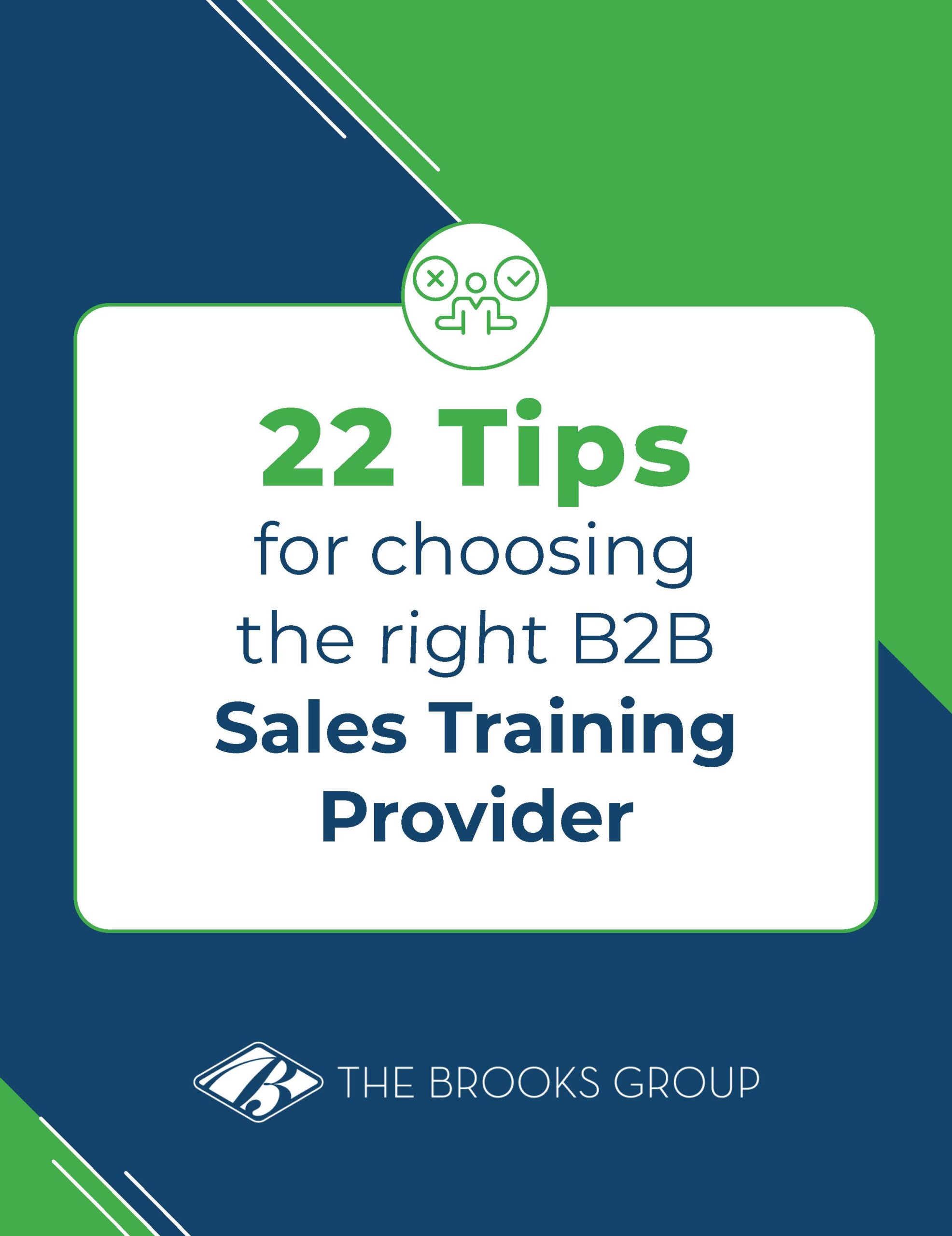Your customer success team can be your best ally. When you have satisfied customers, they’re likely to buy from you again, refer you to others, and, over time, spend more.
You’ve got to keep plugging when you work in sales. It can be tempting to focus on closing a deal and moving on to the next prospect. But the most successful sales professionals understand the value of cultivating long-term relationships with their customers.
Your customer service team and your sales team both serve the same purpose: to support customers and improve the bottom line. By working together and investing time and effort into developing meaningful connections, you can unlock a wealth of benefits that extend far beyond the immediate transaction.
All too often, these different divisions work separately, with little to no communication. By encouraging a close relationship between these groups, sales leaders can help both be better at their jobs and contribute more.
Benefits of Long-Lasting Customer Relationships
In today’s highly competitive business environment, the success of a company often hinges on how well its customer-facing teams—sales and customer service—cooperate. These teams are on the front lines, directly interacting with customers and prospects. Alignment (or lack) between customer success and sales alignment can make or break the customer experience.
When sales and customer service operate in silos, it leads to a disjointed and frustrating experience for the customer. On the other hand, when these teams work closely, they can provide a seamless, consistent, and highly satisfactory customer journey—from initial awareness and consideration to purchase and ongoing support.
Collaboration between customer success and sales is the root to growing lasting customer relationships.
Increased Sales and Revenue
When you establish strong rapport with your customers, they’re more likely to turn to you as a trusted advisor and continue doing business with your company. This repeat business can provide a steady, predictable stream of income and help you exceed your sales targets.
Enhanced Customer Loyalty
Customers who feel valued and supported are far more likely to remain loyal to your brand, even in the face of competition. This loyalty can translate into valuable referrals, positive word-of-mouth, and a steady pipeline of new opportunities.
Deeper Understanding of Customer Needs
By fostering long-term relationships, you’ll gain a deeper understanding of your customers’ pain points, goals, and decision-making processes. This insight allows you to tailor your offerings and provide even more personalized and valuable solutions, further strengthening the bond between you and your clients.
Streamlined Sales Cycles
Repeat customers who trust you are often more receptive to your pitches and more willing to move through the sales process efficiently. This can lead to shorter sales cycles, improved productivity, and a more predictable sales pipeline.
Opportunities for Upselling and Cross-Selling
Customers who feel valued are more open to exploring additional products and services that can benefit their business. By maintaining strong relationships, a sales-oriented customer success team can identify new opportunities to expand your footprint within your existing accounts.
Ultimately, the power of lasting customer relationships lies in the mutual trust, understanding, and value exchange that develops over time. By prioritizing relationship-building in your sales approach, you can position yourself as an indispensable partner and unlock a world of long-term success and fulfillment in your sales career.
How Your Customer Success Team Can Help Your Sales Team
A great customer experience depends on how well both your sales and customer service teams meet the needs of your buyers. Having a common language for sales and customer success helps align teams and improve communication. By providing excellent support, your customer service team can actually help improve sales.
Resolving Issues
Handling customer complaints is one of the main functions of a customer service team. Issues arise, parts break, deliveries run late, and supply chains get disrupted. Even the best companies make mistakes from time to time.
The way you respond to problems sends a message to your customers. Fortunately, you get to decide what message you want to send. Blaming issues on circumstances outside your control, other vendors, or bad luck will quickly give you a bad reputation.
When you make a mistake, the best course of action is to accept responsibility, fix the problem, and move on. When the issue is out of your control, offering an alternative or doing everything in your power to improve the situation will show the customer you take their business seriously.
Trying to avoid errors is great, but responding in the right way when they do occur is even more important. Empowering your customer service team to resolve issues quickly will strengthen customer relationships, build trust, and lead to long-term satisfaction.
Increasing Customer Loyalty
Your customers need to feel like you are putting their needs first. Every conversation your sales or customer service team has with a customer should further this goal.
When your customers have questions, you have the opportunity to provide insight and make their lives easier. Before you take any action, communicate what you are doing and why. Then be sure to follow through on your promises.
Your customers expect a certain level of service from you. When you exceed this minimum, you not only gain a happy customer, you make that customer much more likely to come back to you again.
Asking for Referrals
Beyond the obvious benefit of increased sales, one of the best things about having satisfied customers is customer referrals. Referrals are one of the most effective forms of marketing. According to Nielsen, 88% of consumers trust recommendations from people they know.
When it comes to long-term customer satisfaction, your customer service team is a crucial part of your operation. If your buyers are satisfied, they’ll be happy to offer referrals or write reviews. When you serve your customers well, many of them are willing to return the favor.
Generating Repeat Customers
By providing consistently great support, your customer service team is the foundation for repeat business. Upselling and cross-selling to current customers is a classic strategy that works.
Repeat customers typically spend more, and it requires less effort from your sales team to close those deals. Acquiring new customers is still important. Without new customers, you cannot have repeat customers. However, many companies spend the majority of their marketing budget trying to attract new customers and too little focused on retaining the more valuable customers you already have.
Most of your revenue likely comes from a small portion of your customers. The 80/20 Rule, otherwise known as the Pareto Principle, suggests that around 80% of your revenue will come from just 20% of your customers.
Once a customer has bought from you more than once, they are likely to come back to you again and again. This creates a reliable source of revenue—and repeat customers spend more.
The more times you can get a customer to purchase from you, the greater their value to your business becomes. Acquiring new customers costs five to 10 times more than selling to a current customer, and current customers spend 67 percent more on average than those new to your business.
How can you keep your customers coming back? There are many ways, ranging from discounts to regular customer promotions, but the most effective lure is to consistently give great customer service.
Make Customer Service an Extension of Your Sales Team
A close relationship between sales and customer service is now critical for long-term success. When these two frontline teams have a smooth sales-to-customer success handoff, they ensure a seamless customer journey, from initial engagement to post-sale support.
By working closely together, sales teams gain valuable insights into customer needs and pain points, enabling them to tailor their approach and offerings more effectively. At the same time, customer service teams with firsthand knowledge of buyers can proactively address issues, foster loyalty, and even upsell or cross-sell opportunities.
Forward-looking sales leaders can foster this alignment to enhance the overall customer experience and drive increased sales, as satisfied customers become repeat buyers and brand advocates.
Learn More
Elevate your customer service team with 5 Es of Customer Service Skills Training from The Brooks Group.
White Paper Download
22 Tips for Choosing the Right B2B Sales Training Provider
Choosing a sales training provider is one of the most important business decisions you’ll ever make. But with so many confusing choices, finding the right partner can be overwhelming. Before you proceed further in your search, take a look at this valuable information should help remove the uncertainty and give you greater confidence in your decision.





